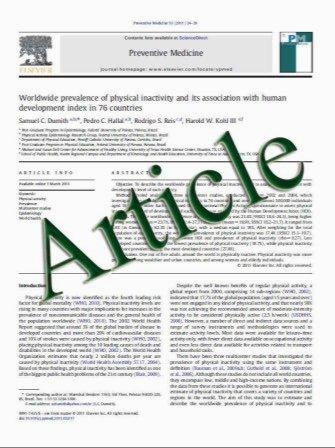Do early stages of lumbar intervertebral disc degeneration really cause instability? Evaluation of an in vitro database
- نوع فایل : کتاب
- زبان : انگلیسی
- مؤلف : Annette Kettler • F. Rohlmann • C. Ring • C. Mack • H.-J. Wilke
- چاپ و سال / کشور: 2010
Description
Early stages of intervertebral disc degeneration are postulated to cause instability. In the literature, however, some authors report the opposite. These contradictory positions are probably supported by the mostly small number of segments which are investigated. The aim of this project therefore was to investigate the influence of intervertebral disc degeneration on lumbar spine rotational stability using a large data set. The flexibility data from all spine specimens tested in our institute so far were collected in a large in vitro database. From this database, all lumbar spine specimens were selected, which had been tested for flexibility under pure moment loads of ±7.5 N m and for which radiographs were accessible. 203 segments met these criteria. Their radiographic degree of disc degeneration was determined on a scale from 0 (no degeneration) to 3 (severe degeneration) and their influence on the respective range of motion and neutral zone was examined. The different lumbar levels differ in flexibility, which increases the variability of the data if pooled together. To minimise this effect a statistical model was fitted. The model-based mean estimates showed a decrease of the range of motion from grade 0 to 3 in flexion/extension (by 3.1, p\0.05) and lateral bending (by 3.4, p\0.05). In contrast, in axial rotation the range of motion tended to increase; however, not only from grade 0 to 1 but also towards grade 3 (by 0.2) (p[0.05). The neutral zone was affected in a similar way but to a smaller degree (p[0.05). In conclusion, the results indicated that early stages of intervertebral disc degeneration do not necessarily cause rotational instability. In contrast, stability increased in flexion/extension and lateral bending. Only in axial rotation stability tended to decrease
Eur Spine J (2011) 20:578–584 DOI 10.1007/s00586-010-1635-z Received: 10 February 2010 / Revised: 18 September 2010 / Accepted: 14 November 2010 / Published online: 2 December 2010


